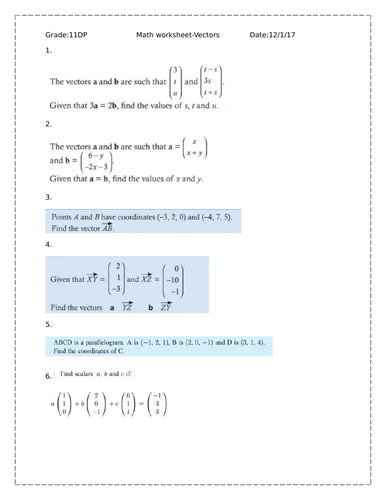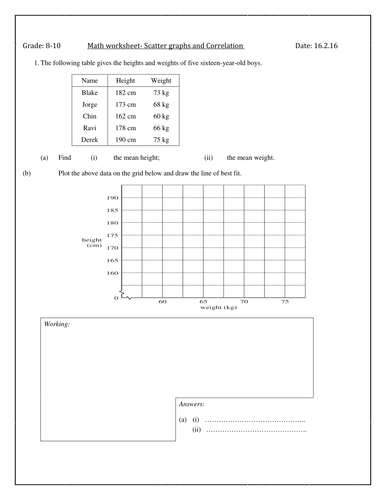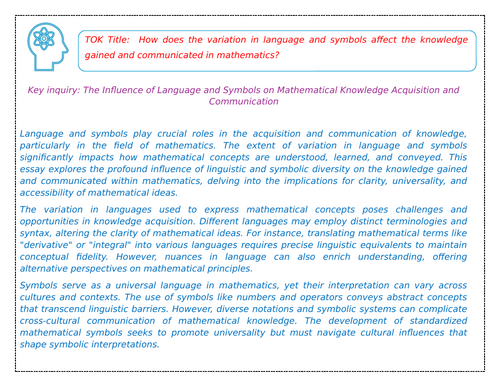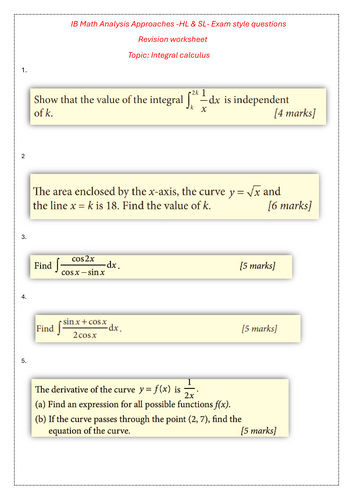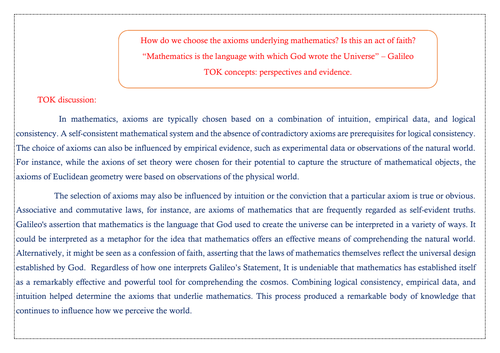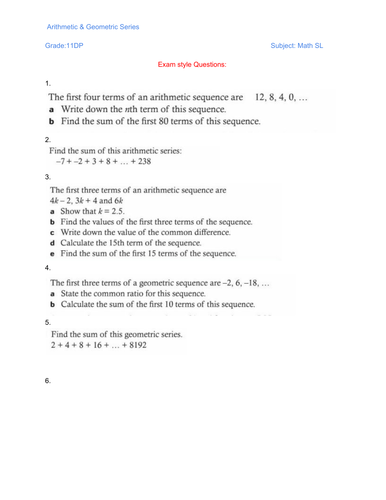IB MYP Math Infinity Thinkers
Mr. Purushothaman Jayaraman is an educator specializing in the International Baccalaureate (IB) curriculum, particularly the Middle Years Programme (MYP) and the Diploma Programme (IBDP). Currently, he serves as an IBDP Math Educator at Udon Thani International School. He is also an IB Examiner for Analysis and Approaches (AA) HL and an IA Moderator, showcasing his expertise in advanced mathematics education.



